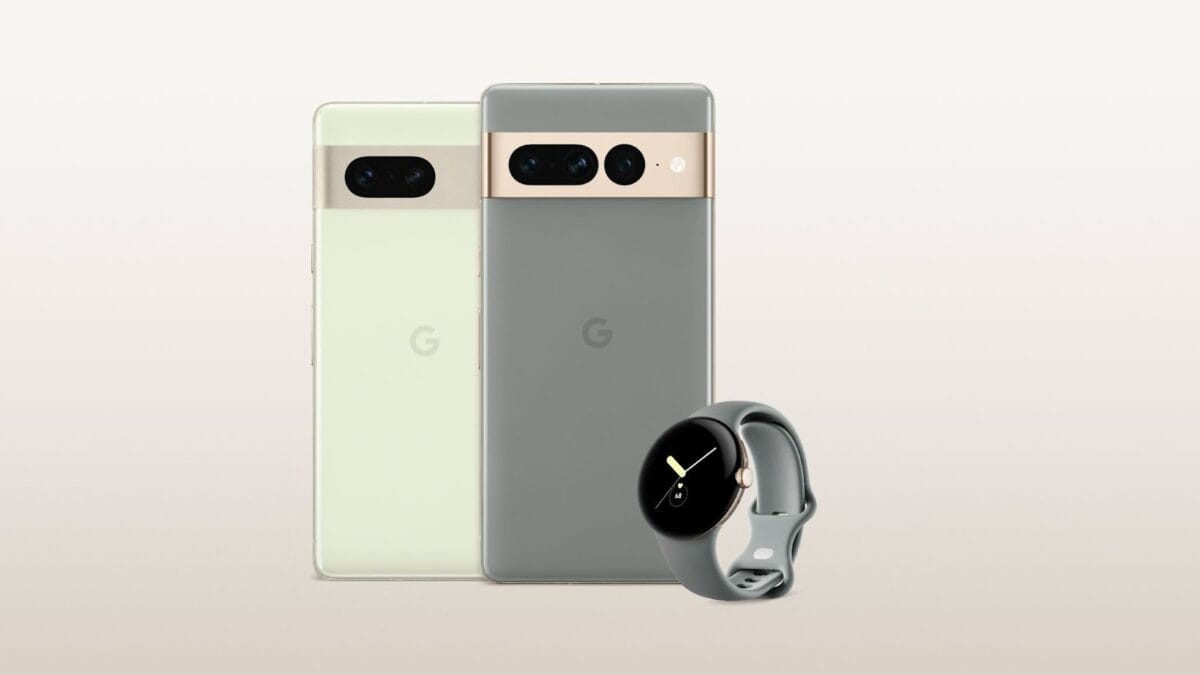Earlier this year, a Bank of America analyst coined the phrase ‘Magnificent Seven’ to describe a special basket of growth stocks. The term was borrowed from the 1960s Western film of the same name.
These mega-cap tech stocks — Alphabet, Amazon, Apple (NASDAQ: AAPL), Meta, Microsoft, Nvidia, and Tesla — have all surged by at least 50% this year. Three of them (Meta, Nvidia and Tesla) are up in triple-digits!
Each firm has resilient cash flows, excellent management teams and boatloads of cash on the balance sheet. Even Tesla’s total cash and investments increased to $26.1bn in its latest quarter.
Additionally, they’re all focused in some way on the most powerful secular growth trends of our age. These include artificial intelligence (AI), cutting-edge hardware and software, e-commerce, and cloud computing.
So, how much would I have today if I’d invested £715 in each of these stocks three years ago? Let’s find out.
2020-2023 gains
The short answer is that I’d be up. But interestingly I’d have done better investing at the beginning of 2023 rather than the end of 2020. Indeed, I’d be down 8% on my three-year Amazon position.
Fortunately though, long-term Foolish investing means that it only takes one or two big winners over time to outshine multiple losers in a portfolio.
In this scenario, it would have been Nvidia (up 274%) driving the big gains.
| Share price (% change since November 2020) | Return (from £715 in each) | |
| Alphabet | +59% | £1,135 |
| Amazon | -8% | £655 |
| Apple | +61% | £1,150 |
| Meta | +23% | £880 |
| Microsoft | +78% | £1,275 |
| Nvidia | +274% | £2,675 |
| Tesla | +43% | £1,025 |
| Total return = £7,770 |
Therefore, my paper return so far from my hypothetical £5k investment would be about £7,770. A very nice 54%.
Plus, three of the seven stocks (Apple, Microsoft and Nvidia) pay modest dividends too. Those payouts would have added a few quid on top of my return.
Keeping hold of winners
Incredibly, the combined market capitalisation of the Magnificent Seven stocks is $11.7trn. That’s the equivalent of about 59 AstraZeneca‘s or 484 Tesco‘s.
Now, I’m a happy shareholder in four of these seven firms (Alphabet, Apple, Nvidia and Tesla). But due to their lofty valuations right now (the group has an average P/E ratio of 50), I won’t be investing any additional money in them yet.
However, I certainly won’t be selling. History demonstrates that truly great companies find new ways to keep growing their profits. Winners can keep winning.
Take Apple, for example. Many investors feared that once iPhones were everywhere, growth would dry up and the share price would decline.
Instead, the company introduced products like the Apple Watch and AirPods. Then a suite of services that includes TV, music streaming, news, podcasts, digital payments, bank cards, gaming and more.
Revenue from its services segment increased 16.3% in the last quarter to reach a record $22.3bn.
Looking forward, its Vision Pro VR headset is rumoured to be coming out in 2024. And it’s rolling out financial services to customers, including its Apple Pay Later service, which I think could become massive.
Of course, the fact that the firm is funding pay-later loans off its own balance sheet opens up risks.
But who better to assess credit risk than Apple? Its vast consumer data could be one of the most powerful credit tools ever.








